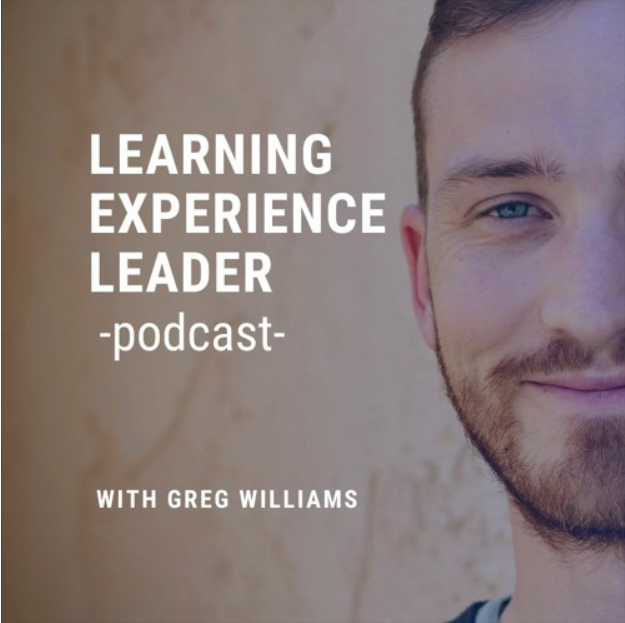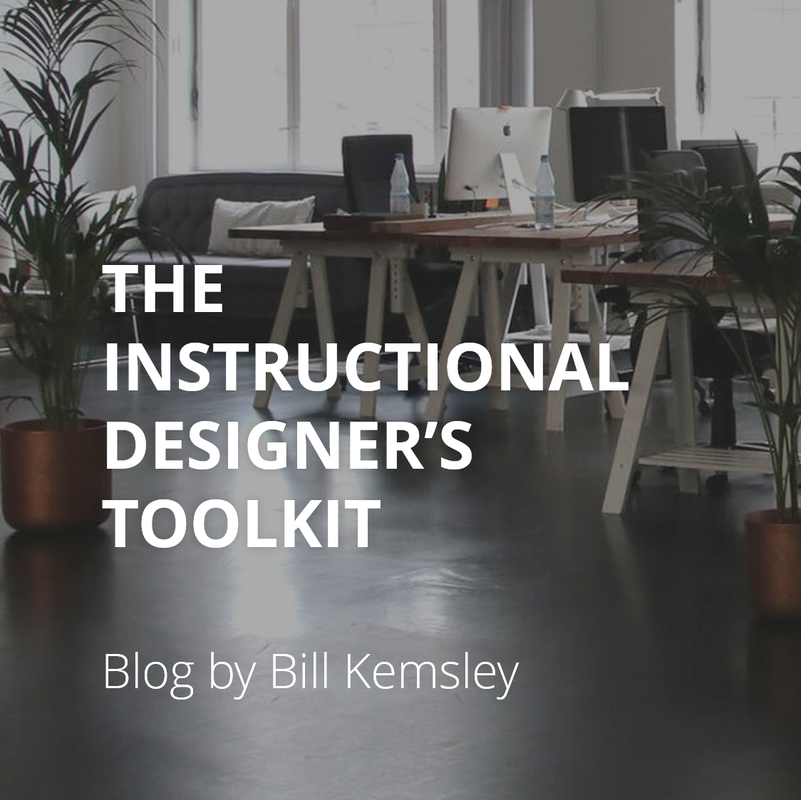|
Why did you pursue a career in the instructional design and technology field?
As a missionary, I developed a love for teaching and preaching, or in other words, teaching in a way that led to deliberate action. This continued when I returned home and worked at the MTC and started coaching cross country. I loved being able to discover an individual's goals and aspirations and then, help them understand the path that was required to achieve those goals and recognize how and why they needed to take those steps in the process. What are some of your day-to-day responsibilities in your roles? Varies a lot. Some days are filled with meetings where I'm working with internal experts to define competencies or create assessments for a particular job role. Other days, I work a lot with other Learning Engineers to design and develop meaningful learning experiences that drive toward those competencies. Other days, I am meeting with leadership outlining strategy for how we can structure internal learning at our company and external learning with clients and how we might commodify and deliver our instructional objects. Then still, there are days that I am buried in item analysis data trying to clean up existing assessments and develop newer, more efficient assessment tools. How have you found your jobs? What advice do you have for someone trying to find a job in the instructional design and technology field? My current job is at the company I interned with while still in the program. I found that position through a family member. However, they were not hiring at the end of my time there so I ultimately took a Job at Canopy, which I found via Glassdoor. My advice is to anyone looking for a job in the field is two-fold:
In what ways did your graduate program prepare you for your career? The more I've gotten into the work of instructional/learning design, the more I have loved it as a beautiful blend of science and art. I think the graduate program coursework helped provide that "science" component. Courses helped me understand the systematic approaches we can take to develop learning experiences, whether in understanding our target learners or project constraints, identifying appropriate assessment instruments, etc. My final project and my internship touched a bit more of that "art" or "human" side of things. Of how all this actually comes together in real, meaningful, and interesting ways. Observing different LinkedIn conversations around the topics of instructional design and learning and development, I can't help but feel like this balance of science and art is continually knocked out of whack. I see individuals emphasizing the importance of having every principle of adult learning memorized while others take instructional design to mean little more than graphical design or eLearning development. You need science and art. I think the experiences I had in the program highlighted that for me. |
AboutLearn more about the career paths and day-to-day responsibilities of people working in the corporate sector of the IDT field! Respondents are students and alumni of the BYU IP&T program.
View by Company
|






